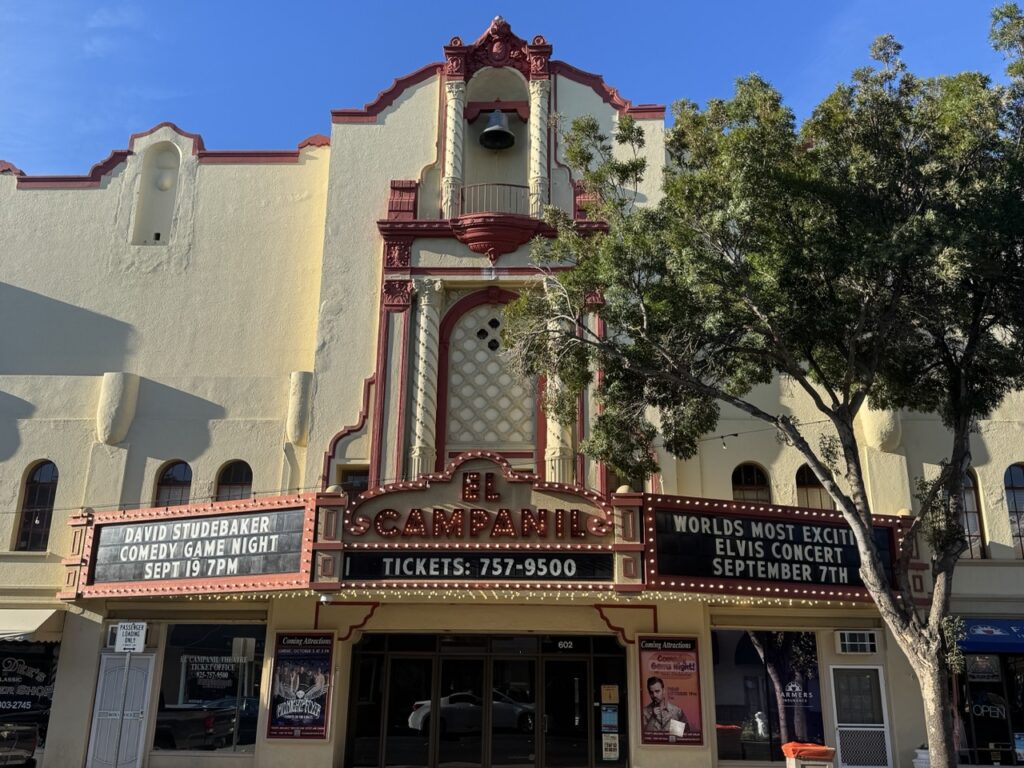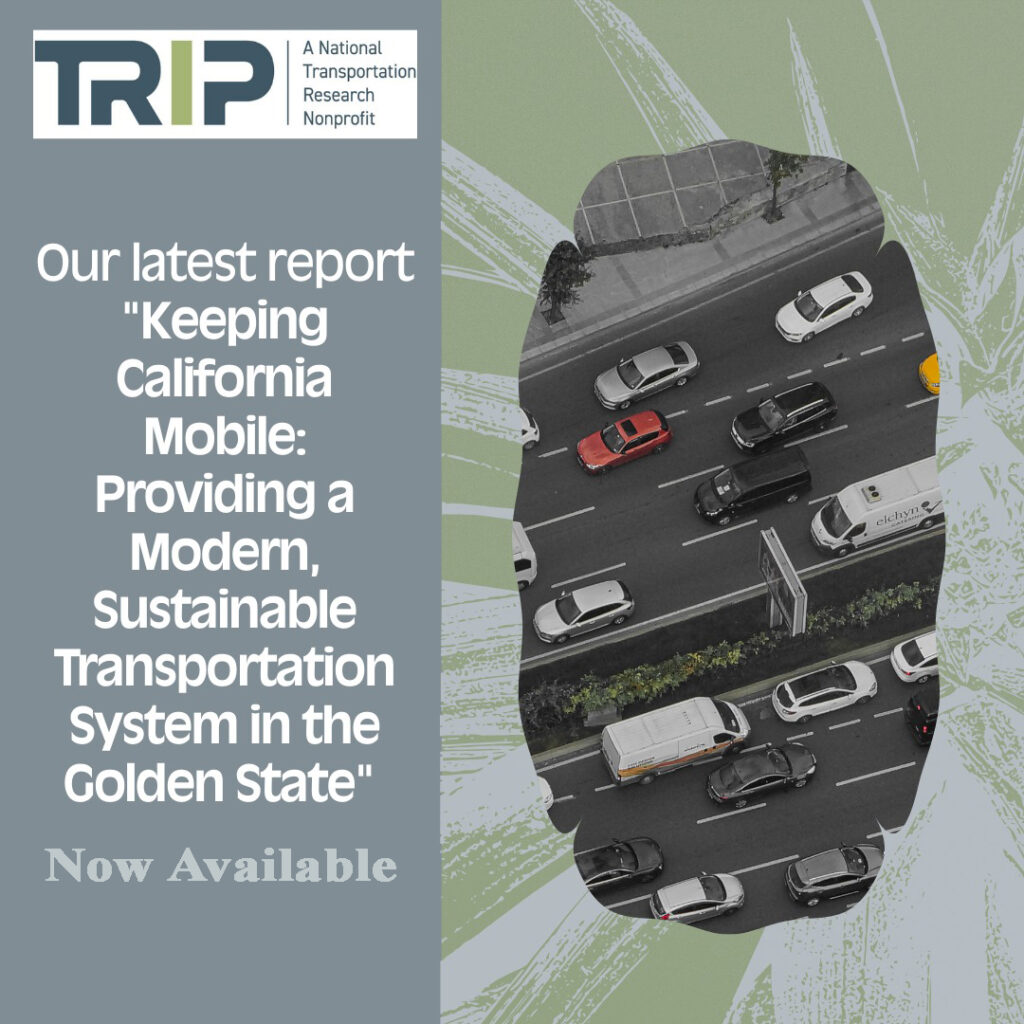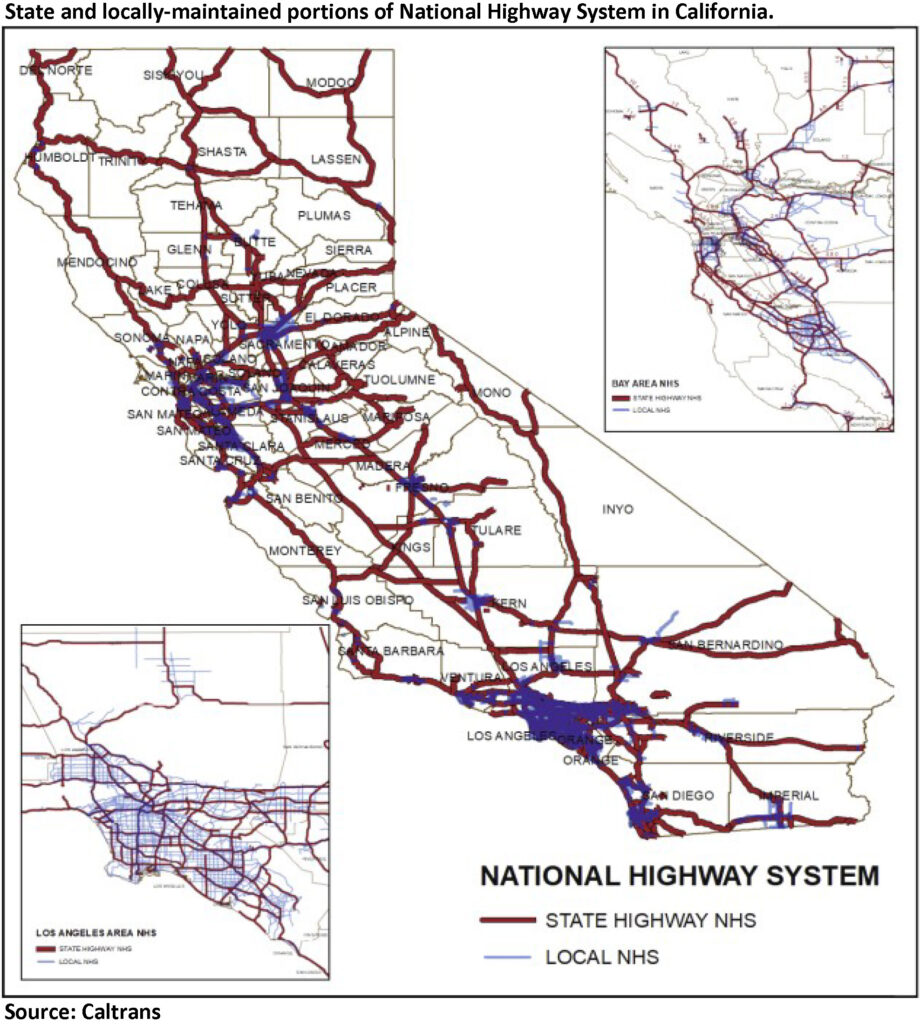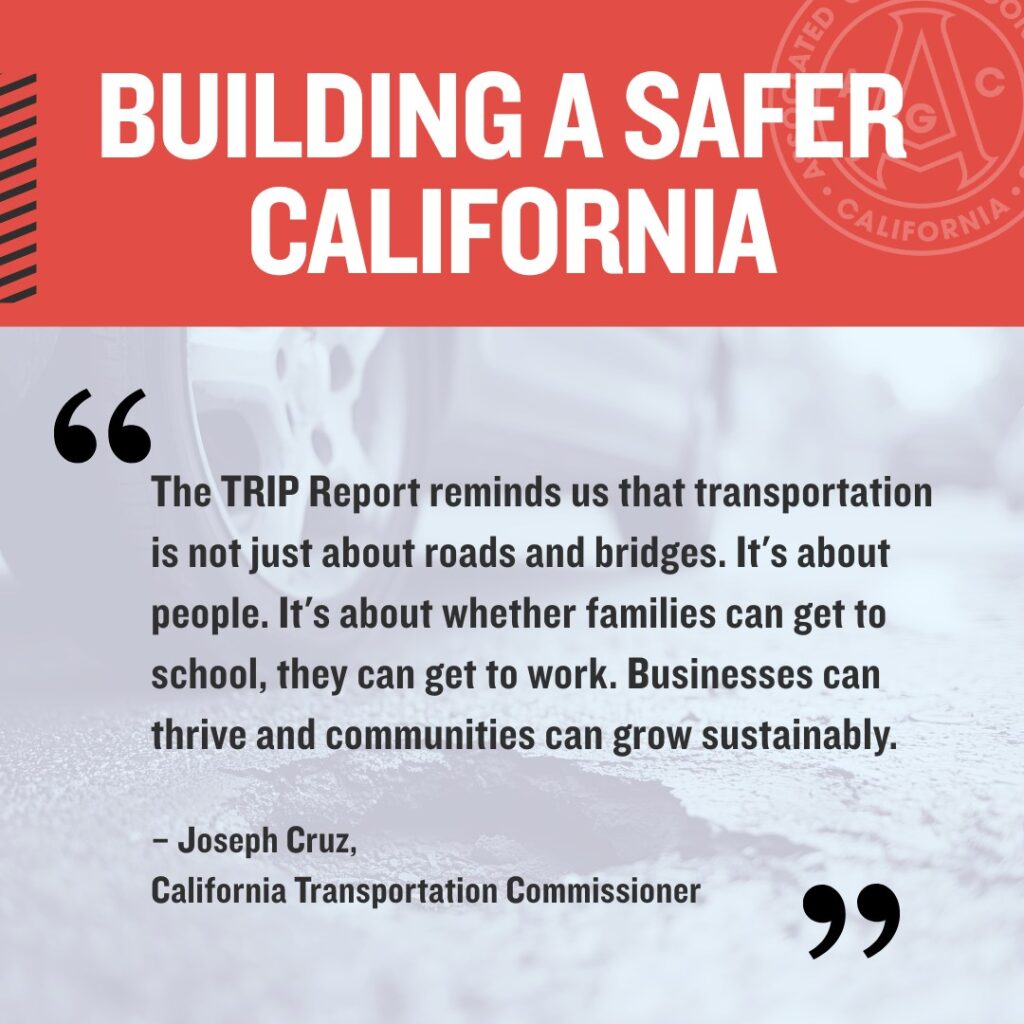New calculator by transit advocates helps Bay Area residents view savings with Clipper 2.0
Thursday, November 6th, 2025
Use it for trips on BART, Tri Delta Transit, County Connection, WestCAT, AC Transit and more
Multi-agency trip to Mount Tamalpais State Park Dec. 14 to celebrate
By Carter Lavin, Co-Founder, Transbay Coalition
The Bay Area transit advocacy group Transbay Coalition, along with Seamless Bay Area and Hiking By Transit has launched new calculator, created by Evan Tschuy, to help show Bay Area residents how much they will save with the new Clipper 2.0 set to launch in December. It will automatically provide discounts of up to $2.85 per trip to people when they transfer between transit agencies (e.g. AC Transit to WestCAT, Muni to BART, VTA to Caltrain, SolTrans to the Ferry, The Vine to the Ferry, Sonoma County Transit to SMART, etc).
You are about to be able to save a bunch of money when taking transit in the Bay Area. Right now, when you transfer between bus and rail services, you generally have to pay the full fare for both legs of the trip, or if you’re lucky you might get a small discount. But starting in December, when you transfer between agencies, your fare gets reduced by $2.85 — down to potentially free — with the new Clipper 2.0.
Plus, under Clipper 2.0 you will be able to tap on to transit with your credit or debit card – no Clipper Card needed. So next time you want to bring friends, family, and out-of-town visitors onto transit with you, they don’t need to get a new card, they can just use their credit or debit card to tap in.
Bay Area transit trips are about to get a lot more affordable, and to help folks understand how much they’ll save, Transbay Coalition launched The Clipper 2.0 Savings Calculator with our friends at Hiking By Transit and Seamless Bay Area. Go to the Calculator, enter in the information about a trip you want to take that would require switching between agencies and check out how much you’ll save.
For Clipper 2.0 fares, the following rules are applied:
- Each time you transfer to a new agency, your next fare is discounted up to:
- Adult: $2.85
- Youth & Senior/RTC: $1.40
- Senior/RTC on BART: $1.10 (to reflect the further Senior/RTC fare discount on BART)
- The discount value does not depend on your previous fare, so AC Transit ($2.50) to BART will give a $2.85 discount off of your BART fare
- AC Transit is introducing a new transfer policy with Clipper 2.0, allowing one free transfer between local buses

For example:
- Take AC Transit to BART to Muni? A $9.85 trip will become just $4.65.
- Visiting a friend in Palo Alto from your home in the Inner Sunset? A $13.90 trip will become just $8.20.
- Taking Sonoma County Transit to SMART? Save an additional $1.35 per trip
- The Napa Vine to the Ferry? You’ll save $2.85 per trip
- Use the tool here: https://clipper2.hikingbytransit.com/.
Other agencies may have updated their transfer policies, but at this time this tool is not aware of any other changes. This tool does not take into account the transfer time limit; Clipper 2.0 interagency transfers have a 2-hour time limit from first tap, while Clipper 1.0 fares have various different time limits depending on the specific agency pairs.
Fares on the website are an estimation only, based on the current information provided by the Metropolitan Transportation Commission. As some details have yet to be released, some assumptions have been made. This website will be updated as possible to reflect new information.
Multi-Agency Trip to Mt. Tamalpais State Park Dec. 14
To celebrate this big transit win, Hiking by Transit is hosting a multi-agency trip to Mount Tamalpais State Park on December 14th to celebrate.Come on out!
Plus, this Sunday, you’re invited to the garden party joint fundraiser for Transbay Coalition & Seamless Bay Area – get your tickets here.
Want to know more about what Clipper 2.0 means for you? Check out the Transbay Coalition blog.
About Transbay Coalition
The Transbay Coalition is a grassroots public transportation advocacy group championing bold near-term solutions to the Bay Area’s regional transportation crisis. Founded to campaign for dedicated bus-only lanes on the Bay Bridge and its approaches, we’re striving to create an equitable and efficient public transit system and reduce greenhouse gas emissions. Learn more about the Transbay Coalition
About Seamless Bay Area
Seamless Bay Area is a not-for-profit project whose mission is to transform the Bay Area’s fragmented and inconvenient public transit into a world-class, unified, equitable, and widely-used system by building a diverse movement for change and promoting policy reforms. Learn more about Seamless Bay Area
About Hiking by Transit
Hiking by Transit connects people in the Bay Area to our beautiful parks and preserves, car-free, by providing maps and hiking guides across the nine-county region and through advocacy for increased access and increased understanding. Visit Hiking by Transit
Allen D. Payton contributed to this report.


































